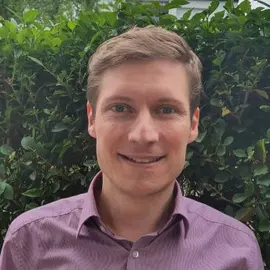Experimental & Machine learning driven design of stable 2D/3D perovskite solar cells for outdoor applications
Beschreibung
Perovskite solar cells (PSCs) have recently attracted considerable research interest due to their remarkable properties and noticeable power conversion efficiency (PCE) of more than 25.5%. Despite all the advantages, perovskites are highly sensitive to moisture, heat, and irradiation, which result in device degradation and reducing its lifetime. Considerably a lot of research is conducted to improve the stability of PSCs for practical outdoor applications. Among the various approaches, making 2D perovskites is proven to be an effective method due to the moisture resistance properties of 2D structures. However, the PCEs of 2D perovskite solar cells are still lower than those of their 3D counterparts, because of their larger bandgap and challenges of charge transport in the layered structures. Thus, combining 3D and 2D perovskites could lead to higher photovoltaic efficiency by providing excellent electronic properties because of 3D structures while the 2D perovskite provides moisture stability. Here we are going to improve the stability of PSCs by design and making novel 2D/3D perovskite structures for outdoor application.
Until now environmental stability of perovskite solar cells (PSCs) has been improved by trial-and-error exploration of various 2D perovskite structures deposited on top of the perovskite absorber layer, called the capping layer.
In this study, a machine-learning approach will be developed to optimize the structure of the low dimensional layer. By applying various organic halide salts as capping layers onto perovskite films, and monitoring the cells’ stability under accelerated aging conditions, the main features of the capping layers which prevailing the cells stability will be determined using supervised machine learning.
Through our studies it is expected to introduce a road map for designing more efficient low dimensional structures than current state-of-the-art capping layers which are mainly explored by trial-error experimental methods. We expect that our research will open up new approaches for practical application of PSCs by solving their instability at outdoor conditions.
Eckdaten
Projektleitung
Projektteam
Dr. Mahmoud Samadpour
Projektpartner
K. N. Toosi University of Technology
Projektstatus
abgeschlossen, 08/2023 - 12/2024
Institut/Zentrum
Institute of Computational Physics (ICP)
Drittmittelgeber
Leading House Indischer Subkontinent und Iran
Projektvolumen
35'000 CHF
